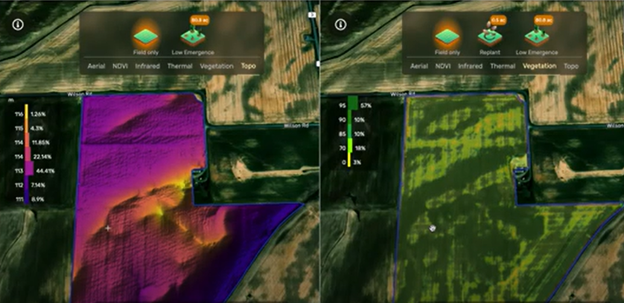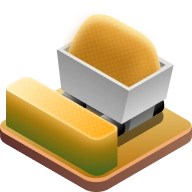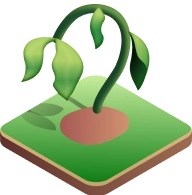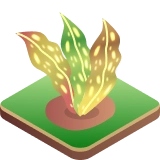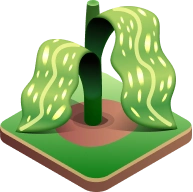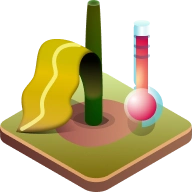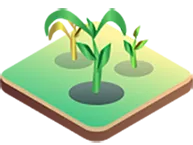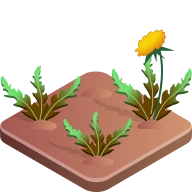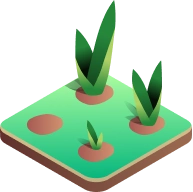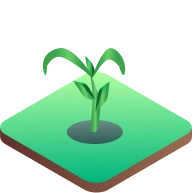Planning is a critical part of every farming operation, and having accurate information helps farmers make decisions. Determining where to plant different hybrids in a field can have a significant impact on yield potential, so it’s best to make the placement decision with as much information as possible.
AGMRI gives users the option to compare multiple analytic maps of their fields side-by-side, which can reveal important information relevant to hybrid planting. For example, by comparing topographical and vegetation maps, farmers can see how their chosen hybrids are emerging across various field elevations. This can help determine which hybrids perform best in varied field conditions and elevations, impacting future planting decisions across the field.
“A lot of growers like to use AGMRI to figure out differences between hybrids so they can use that information to figure out their placement the following year,” says Conner Schmidt, account manager for Intelinair.

By comparing the topography map to the vegetation map, AGMRI users can see where hybrids have emerged well and are establishing a strong stand.
Lower areas of fields typically retain more moisture, so it’s important to find a hybrid that can better tolerate those conditions. Looking at the elevation of a field compared to the emergence map, users can see which hybrids are best tolerating the wet soil in the low-lying areas of the field.

AGMRI shows that one hybrid emerged better in the lower areas of the field.
“When looking at the vegetation map early in the season, we don’t see a lot of differences in the higher elevation,” says Schmidt. “But as we get into some of this low ground, we can start to see that one hybrid is doing worse than the other in terms of emergence.”
Using AGMRI, this farmer gained new insights into his fields and additional information to help decide which hybrid to plant in various areas of them.

